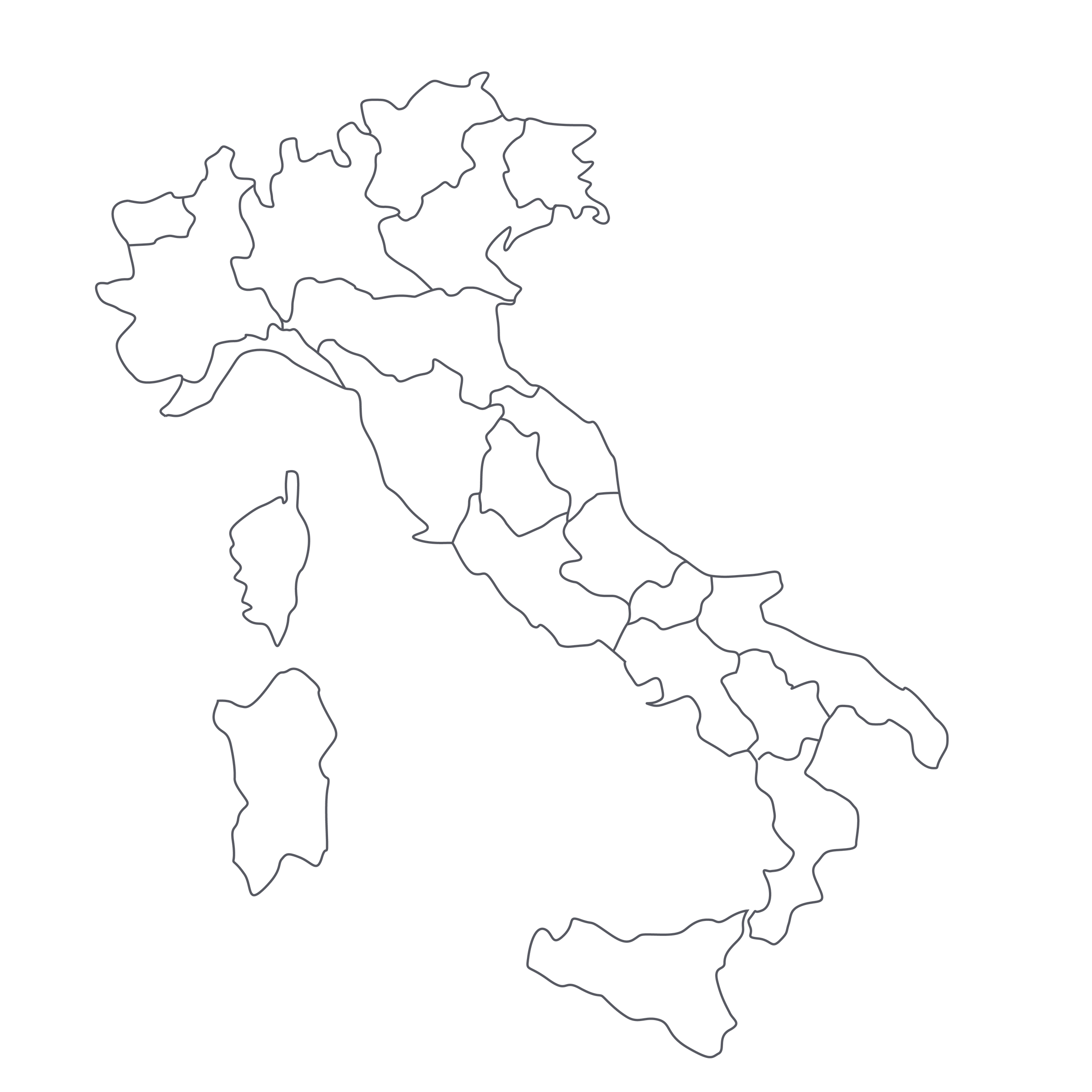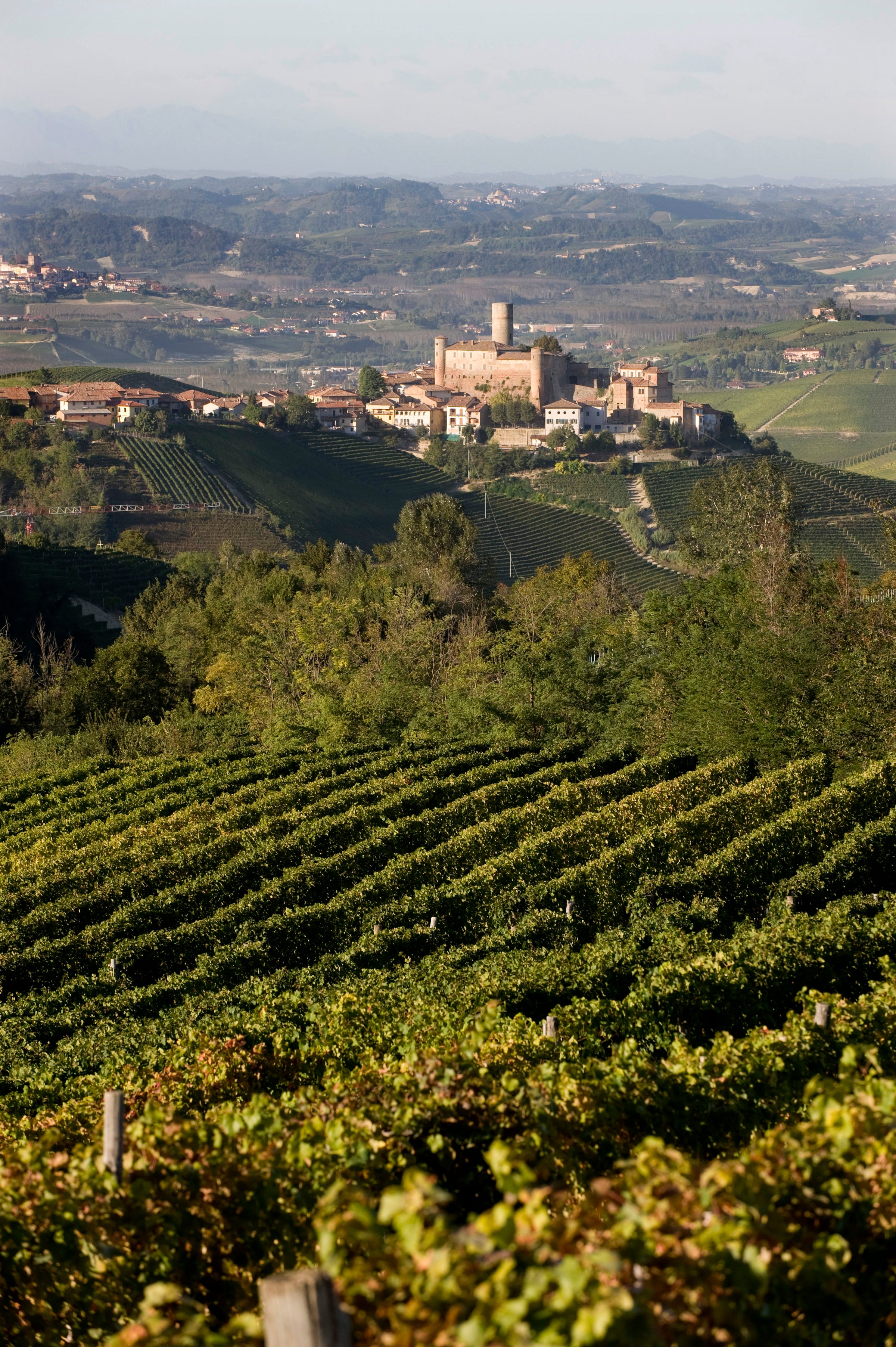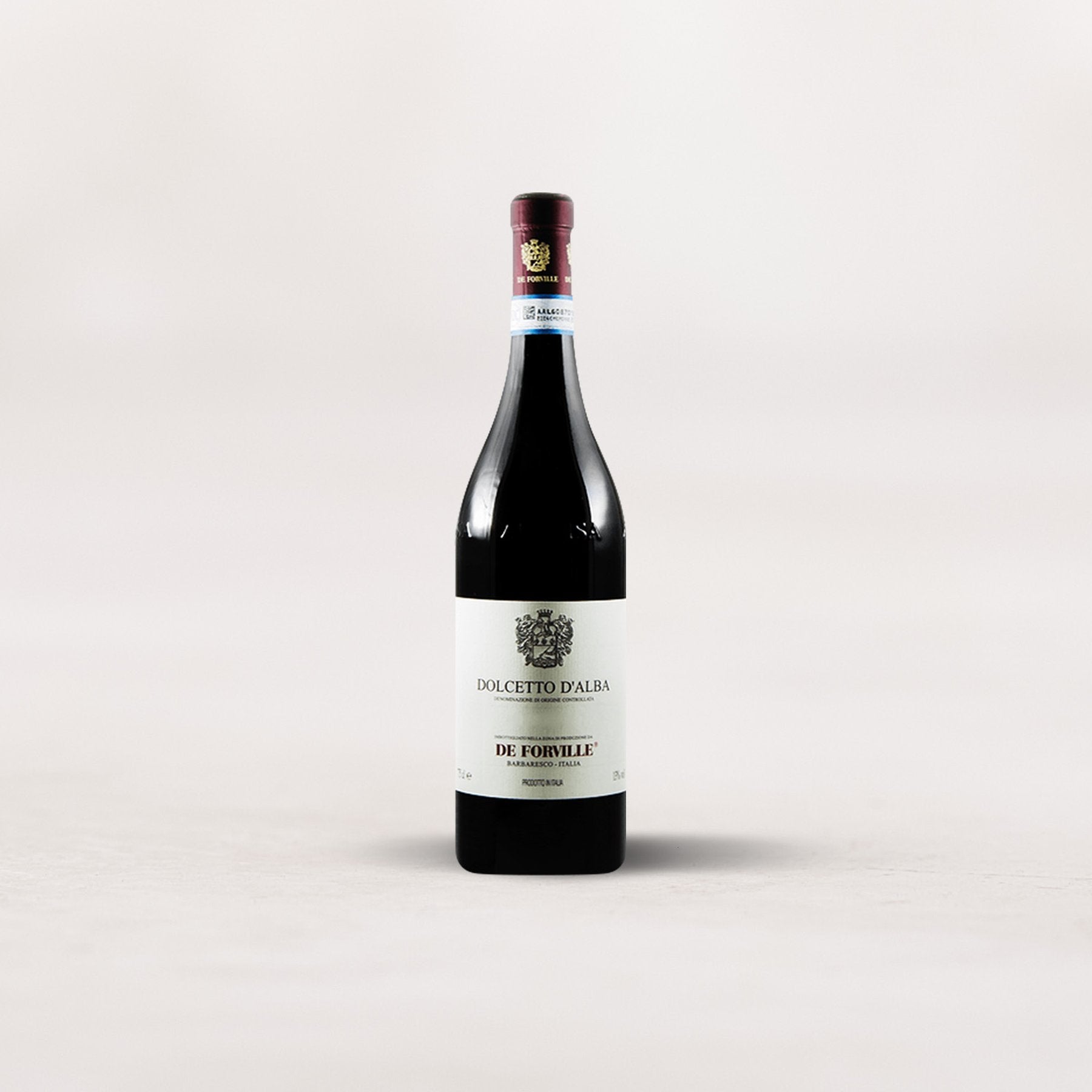Fruit
Earth
Body
Tannin
Acid
Alcohol
Italy


Northwestern Italy
Piedmont
Italy’s Piedmont region is really a wine “nation”unto itself, producing world-class renditions of every type of wine imaginable: red, white, sparkling, sweet...you name it! However, many wine lovers fixate on the region’s most famous appellations—Barolo and Barbaresco—and the inimitable native red that powers these wines:Nebbiolo.

Tuscany
Chianti
The area known as “Chianti” covers a major chunk of Central Tuscany, from Pisa to Florence to Siena to Arezzo—and beyond. Any wine with “Chianti” in its name is going to contain somewhere between 70% to 100% Sangiovese, and there are eight geographically specific sub-regions under the broader Chianti umbrella.



